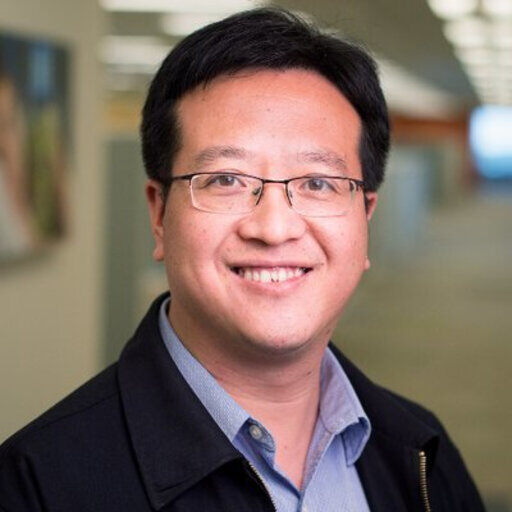Dr. Gung Wu, the founding Director of the Centre of Applied Bioinformatics at St Jude's Children's Research Hospital, has made significant contributions to the field of computational biology. He has authored over 150 peer-reviewed papers and is among the top 1% most cited researchers at St Jude’s Hospital. In his talk, Dr. Wu discusses the phenomenon of Double Minutes in cancer cells, where chromosomes break apart and reassemble in a circular form, often containing oncogenes. This structure allows cancer cells to hide from drug treatments, making it a challenging task for computational biologists to resolve.
Dr. Wu shares a case study of an 11-year-old boy with glioblastoma, highlighting the EGFR V3 mutation and its disappearance after EGFR inhibitor treatment, leading to drug-resistant forms of EGFR. He explains the use of linked-reads technology to resolve complex genomic structures and visualize signals in DNA segments. This technology helps map reads back into the human genome, revealing the density of signals and their decay over distance.
Dr. Wu also discusses the use of PacBio sequencing to solve the structure of ecDNA, which reveals non-template insertions and repetitive sequences. He emphasizes the importance of understanding the dynamics and mechanisms of ecDNA evolution, as well as the key genes retained in later expanded clones. Despite advancements in sequencing technologies, Dr. Wu notes that resolving the entire structure of ecDNA remains a challenge due to repetitive sequences.
In conclusion, Dr. Wu's research provides valuable insights into the complexities of ecDNA in cancer cells and the potential for new technologies to enhance our understanding of genomic structures.





